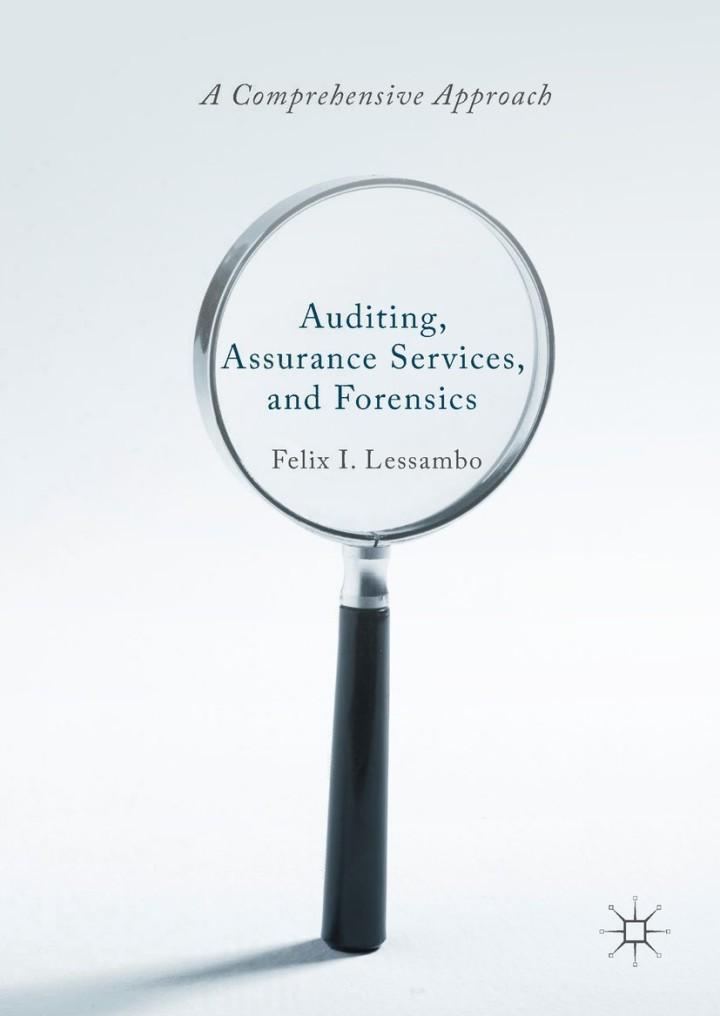Please kindly answer 2.1, 2.2, 2.3.
Thank you!

Consider an upstream monopolist A which sells wood W to a downstream firm B which sells tables T in a perfectly competitive market. The demand for tables is represented by the inverse demand curve P(T)=200T. Monopolist A harvests wood at a constant marginal cost m=3 and sells wood in the monopoly market at a price (W). The downstream firm B produces tables according to the production function T=min{W,2N} where W is the wood from the monopolist and N are nails which are sold at a constant price n=6. 1. (25 points) Suppose that the firms are separate. What is the profit maximization problem for the monopolist A? What is the quantity of wood which is sold, the price of wood (W) in equilibrium, and what are the profits of firm A and firm B ? 2. (15 points) Suppose the monopolist A vertically integrates with the downstream firm B. What is the quantity of tables sold, the price of tables sold in equilibrium and the profits of the integrated firm? 1 3. (10 points) Suppose the production function for the downstream firm is T=W32N31. Would profits change? If so, why? Consider an upstream monopolist A which sells wood W to a downstream firm B which sells tables T in a perfectly competitive market. The demand for tables is represented by the inverse demand curve P(T)=200T. Monopolist A harvests wood at a constant marginal cost m=3 and sells wood in the monopoly market at a price (W). The downstream firm B produces tables according to the production function T=min{W,2N} where W is the wood from the monopolist and N are nails which are sold at a constant price n=6. 1. (25 points) Suppose that the firms are separate. What is the profit maximization problem for the monopolist A? What is the quantity of wood which is sold, the price of wood (W) in equilibrium, and what are the profits of firm A and firm B ? 2. (15 points) Suppose the monopolist A vertically integrates with the downstream firm B. What is the quantity of tables sold, the price of tables sold in equilibrium and the profits of the integrated firm? 1 3. (10 points) Suppose the production function for the downstream firm is T=W32N31. Would profits change? If so, why







